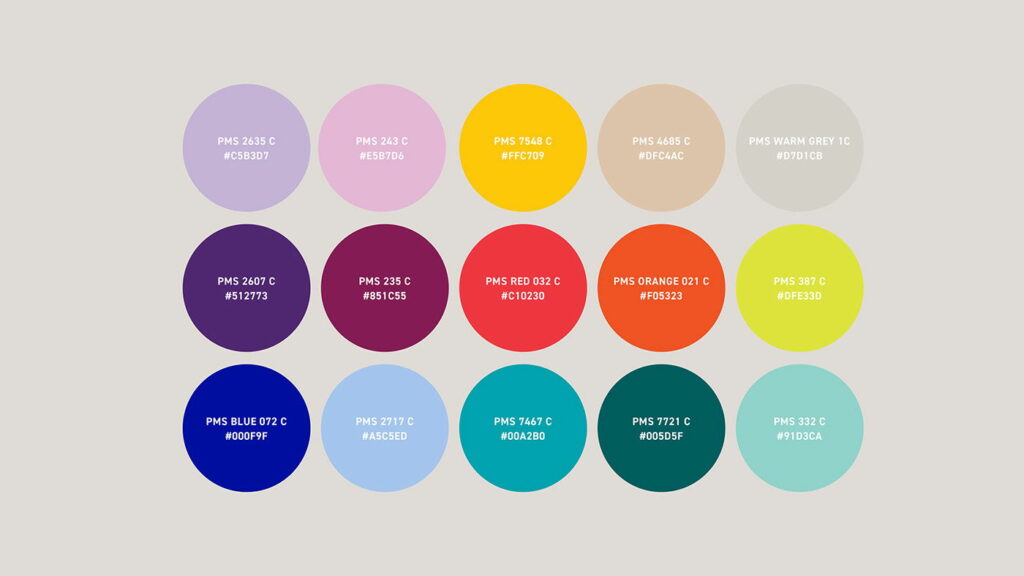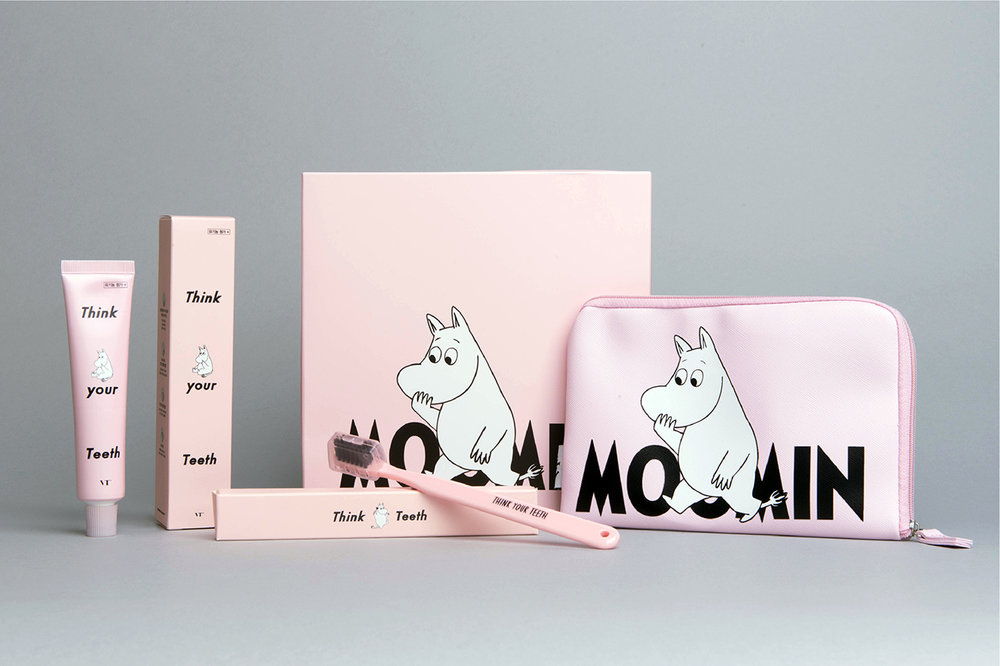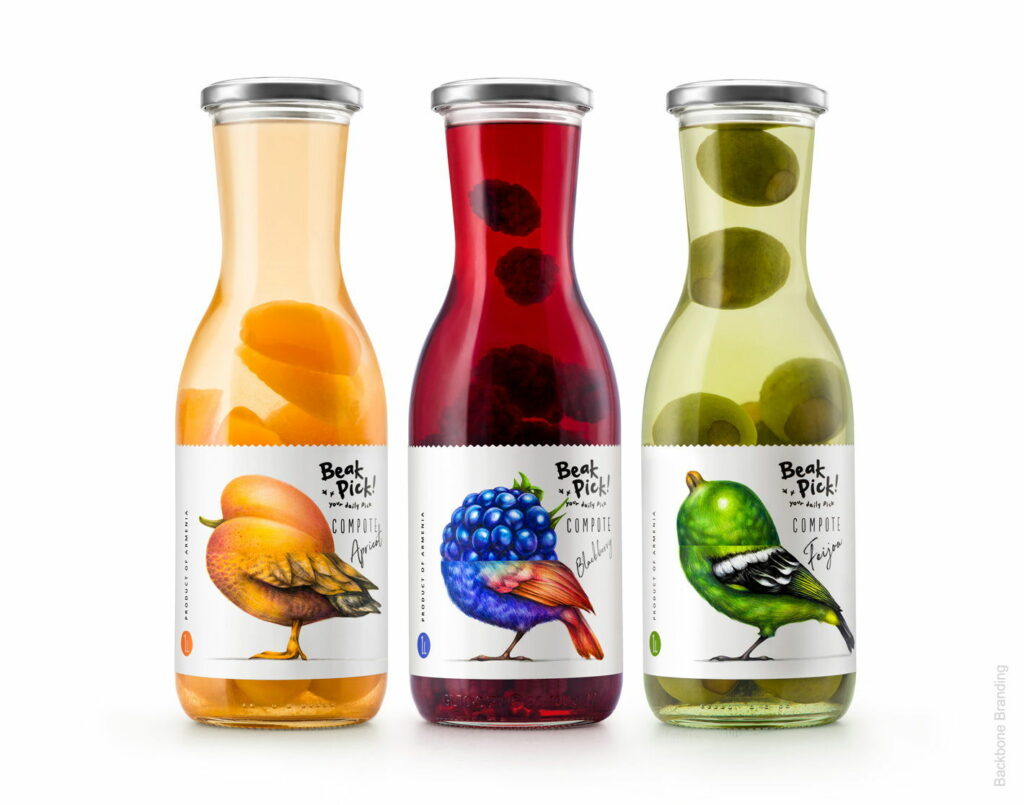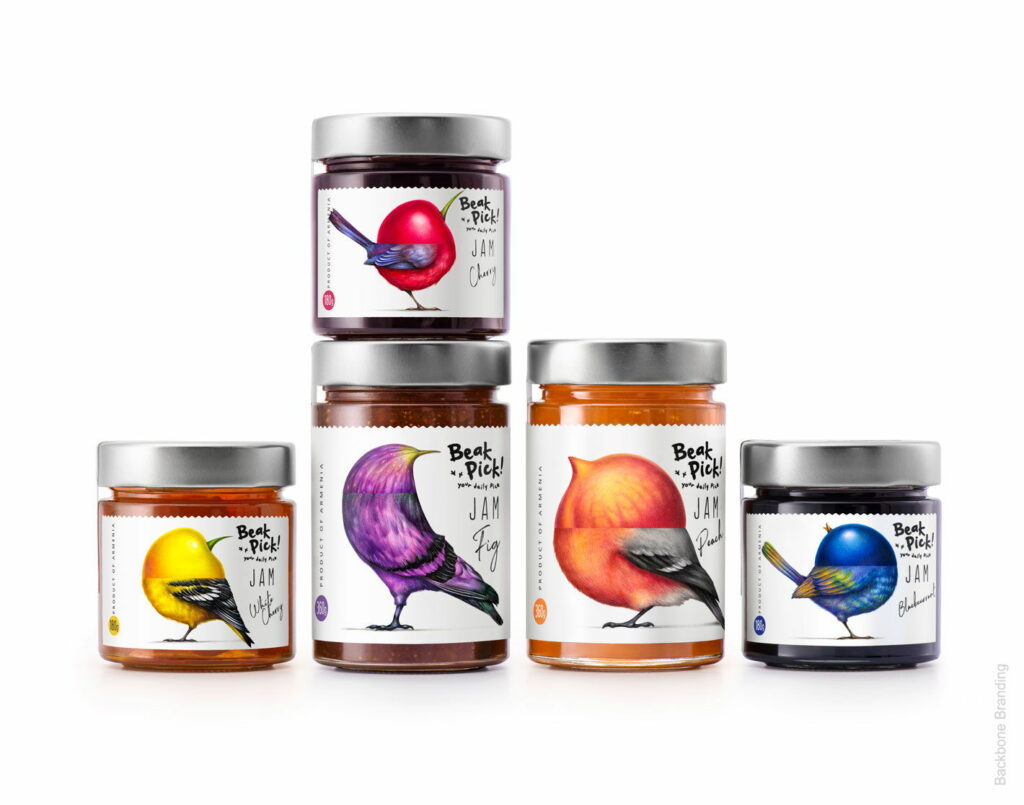Part 01
Findings from my last survey (Joyful Design—Survey Part 02) highlighted that photographs/photo albums are objects of high value to people. They were mentioned by most people as possession of high importance. Photographs and our preference to take and collect them are highly linked to making and keeping memories. Inspired by those findings, I took a closer look at the publication “The Art of Making Memories: How to Create and Remember Happy Moments” by Meik Wiking. Meik Wiking founded the Happiness Research Institute Copenhagen and dedicates his life to the research of Happiness.
The book answers questions such as, why a piece of music or a smell can take us back to something we have forgotten—and, how we can learn to create happy memories and to hold on to them. Happiness research in general suggests that people are happiest when they hold a positive, nostalgic view of their past. This means, that long-term happiness stems from the ability to form a positive narrative of our lives.
1.000 Happy Memories
In 2018 the Happiness Insititute Copenhagen conducted a global study on Happy Memories. People were asked to describe one of their happy memories—not a particular one, but the one which came first into their minds. In the end, they found a specific pattern in those thousands of answers from all over the world. People were particularly remembering experiences that were:
62% Multisensory
Sounds, Scents, Touch and Tastes
56% Emotional
Struggles & Victories, Connection to Nature & People (e.g. one women saw, smelled and tasted peppers which her mother used to roast when she was a child)
37% Meaningful
Big Days in Peoples Lives (e.g. weddings, births)
23% Novel & Extraordinary
The Power of Firsts (e.g. visiting a country for the first time)
Note: One memory could apply to several of the above listed points. 7 per cent of participants answered that those memories have been remembered because they were outsourced in diaries or photographs.
Design Takeaway
So what can we take away from this knowledge, if we want to design joyful experiences? First, the knowledge on the importance of making (happy) memories for an individuals wellbeing, is essential. Already in conceptioning, we can ensure to implement experiences that support people in remembering the positive. To enhance design solutions in their positiveness, multisensory experiences (e.g. sounds, scents, touch and tastes) should be considered. On a more implicit basis, we can trigger emotional connections (Struggles & Victories, Connection to Nature & People) or strive to surprise people with the novel & extraordinary.
Source
Wiking, Meik: The Art of Making Memories: How to Create and Remember Happy Moments. Harper Collins: New York 2019.





















